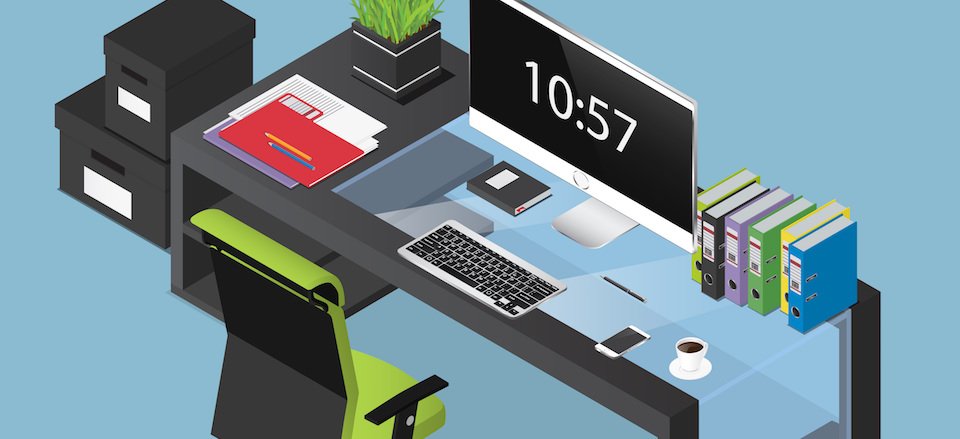When working on a PC, your digital workspace is just as important as your physical workspace. Having a disorganised digital workspace, at the very least, makes it harder to work efficiently; at the very worst, it can slow down your PC and actually impede your ability to work. Below are some of the best tips for organising your digital workspace.
De-clutter regularly
It is very easy to accrue lots and lots of files that you don’t necessarily need. From screenshots you used once in a conversation at work, to PDFs you’ve downloaded, and perhaps downloaded again when you couldn’t find the first version. There are all kinds of reasons that files build up on your computer. An excellent practice is to regularly de-clutter your files.
Start by checking your download folder for items you no longer need – if you do need a file, move them to a more relevant folders. When speaking to a professional IT Managed Services Company in the UK, they said that checking for, and deleting, duplicates is another good way to de-clutter. You may find various apps and programs that you downloaded because you thought they would be useful, and have rarely used – uninstall these types of programs.
External hard drives & cloud storage
When it comes to storage on your PC, it is best practice to reserve the internal disc space for the operating system, your critical apps, and nothing more – this will improve the speed of your computer. For files such as images, audio, or music files, documents, spreadsheets, and any other types of files used for work or personal use – backup is crucial. Trusted providers of Managed IT Support Services that have experience working in IT and Tech have said that utilizing an external hard drive, or a secure Cloud storage service (such as OneDrive or Google Drive) is a good idea.
Both of these solutions have their own benefits and disadvantages. External hard drives may be better for backups and archiving, but are easy to lose or damage, whilst Cloud storage is better for files you need to have quick access to, but they rely on internet access. By utilizing both, however, you will get all the benefits of both, whilst protecting yourself from the disadvantages.
Organize your desktop
Most people are guilty of having overly crowded desktops, full of random documents, images, PDFs, and all kinds of files. Unless they are frequently used files, it can become very difficult to find what you’re looking for when your desktop is disorganised like that.
It is good practice to do some digital decluttering regularly – doing it every week can keep your desktop impeccably organised. If you store files on your internal storage, try to organise them into folders and subfolders for projects, work or personal use, and also for how often you use them (you can even have a folder for files you rarely use, but want to keep on your desktop). Look for files that may have been automatically saved to your desktop, or that you’ve moved there for easy access – if you no longer need them, delete them.
Reminders, to-do lists & anti-distraction tools
The great thing about using PCs for work is that there are a whole range of tools to help you focus on your day to day work. Your PC may have some built-in anti-distraction tools already, such as Windows Focus Assist; but you can also get programs that limit your access to certain apps or websites that distract you the most.
Distractions may be an issue for you, but also, you may be the kind of person that gets so focused on one task that you may forget to start on a different task. IT Partners can help with this, even providers of Outsourced IT Support Services will be able to help give recommendations for the right tools to use. Investing too much time on one task can be counter-productive, so setting reminders for regular tasks is a good idea. Another practice is using a to-do list that you update every day with your tasks, and remind yourself to check regularly throughout the day.
